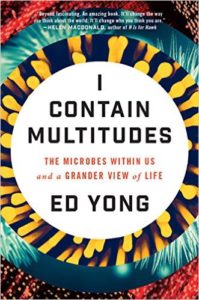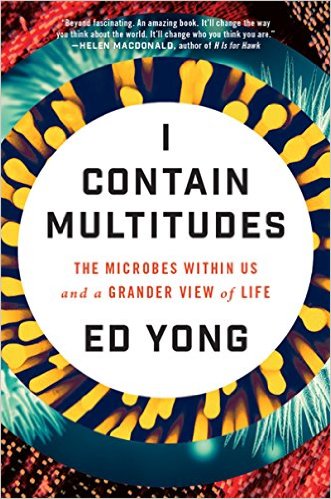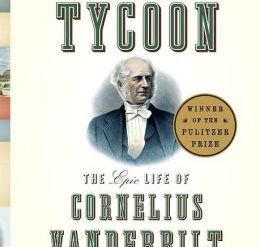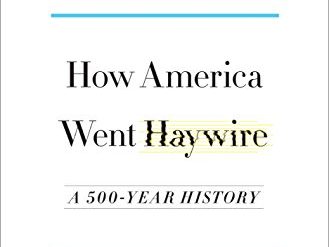
If you’re a physician, a nutritionist, or have studied biology, you’re probably aware that our bodies contain an immense number of microbes. Most of the rest of us find that surprising. Though I knew about the bugs that inhabit my digestive system, British science journalist Ed Yong helped me understand just how numerous and widely dispersed those microbes are on my body—and yours. Try 39 trillion. That number’s greater than the estimated number of human cells in our bodies. And it’s 100 times as great as the largest estimate of the number of stars in the Milky Way galaxy. In other words, it’s an understatement to say that the number of microbes we contain is astronomical.
Estimated reading time: 4 minutes
Should we fear the microbes within us?
Now, before you panic about the many diseases you’ll contract from all these bugs, rest assured. “There are fewer than 100 species of bacteria that cause infectious diseases in humans,” as Yong explains in I Contain Multitudes. “By contrast, the thousands of species in our guts are mostly harmless.” And a great many of them play indispensable roles in keeping us alive and disease-free. They bolster our immune system, digest our food, and even help make us who we are.
I Contain Multitudes: The Microbes Within Us and a Grander View of Life by Ed Yong ★★★★☆
How did this come about? “Remember that animals emerged in a world that had already been teeming with microbes for billions of years,” Yong notes. “They were the rulers of the planet long before we arrived. And when we did arrive, of course we evolved ways of interacting with the microbes around us.”
The world within us
The collection of microbes in each of us is generally called the microbiome. Yong explains its functions and its fathomless diversity in conversational English with occasional flashes of humor. “Every one of us is a zoo in our own right,” he writes. “A colony enclosed within a single body. A multi-species collective. An entire world. . . Some species are common, but none is everywhere.” And that collection of species is unique to each of us. The microbes in my gut and on my skin are very different from those in and on you. Not only that but “your right hand shares just a sixth of its microbial species with your left hand.”
The symbiosis spectrum
The theme of I Contain Multitudes is symbiosis. In common parlance, symbiosis suggests mutual benefit. Technically, though, the meaning is broader. “If one partner benefited at the expense of the other, it was a parasite (or a pathogen if it caused disease). If it benefited without affecting its host, it was a commensal. If it benefited its host, it was a mutualist. All these styles of coexistence fell under the rubric of symbiosis.” Yong’s book includes a huge number of examples, not just within our own bodies but in animals and plants as well. If you have an affinity for science, you’ll love this book.
By the way, “there is no such thing as a ‘good microbe’ or a ‘bad microbe’ . . . In reality, bacteria exist along a continuum of lifestyles, between ‘bad’ parasites and ‘good’ mutualists. Some microbes . . . slide from one end of the parasite-mutualist spectrum to the other, depending on the strain, and on the host they find themselves in.” The possibilities of these combinations are endless.
The ever-evolving field of biology
Yong will take you on a tour of the laboratories where scientists study symbiosis and its effects on its many hosts in other living things. You’ll meet the pioneers in the field—a fascinating lot, few of whom match the stereotype of the frizzy-haired, absent-minded professor. You’ll learn about the emerging fields of biogeography, metagenomics, and synthetic biology. And you’ll see how the discoveries in these fields are benefiting medical science—and portend more advances in the future.
The title of this engrossing book is from Walt Whitman: “I am large. I contain multitudes.”
About the author
Born Edmund Soon-Weng Yong in 1981, Ed Yong is a staff member of The Atlantic. He has degrees in zoology and biochemistry from England’s most celebrated centers of scientific teaching and research, the University of Cambridge and University College London. His popular blog has been incorporated into the National Geographic online.
For related reading
You might also enjoy Science explained in 10 excellent popular books.
If you enjoy reading nonfiction in general, you might also enjoy:
- Great biographies I’ve reviewed: my 10 favorites
- My 10 favorite books about business history
- 20 top nonfiction books about history
And you can always find my most popular reviews, and the most recent ones, on the Home Page.



























